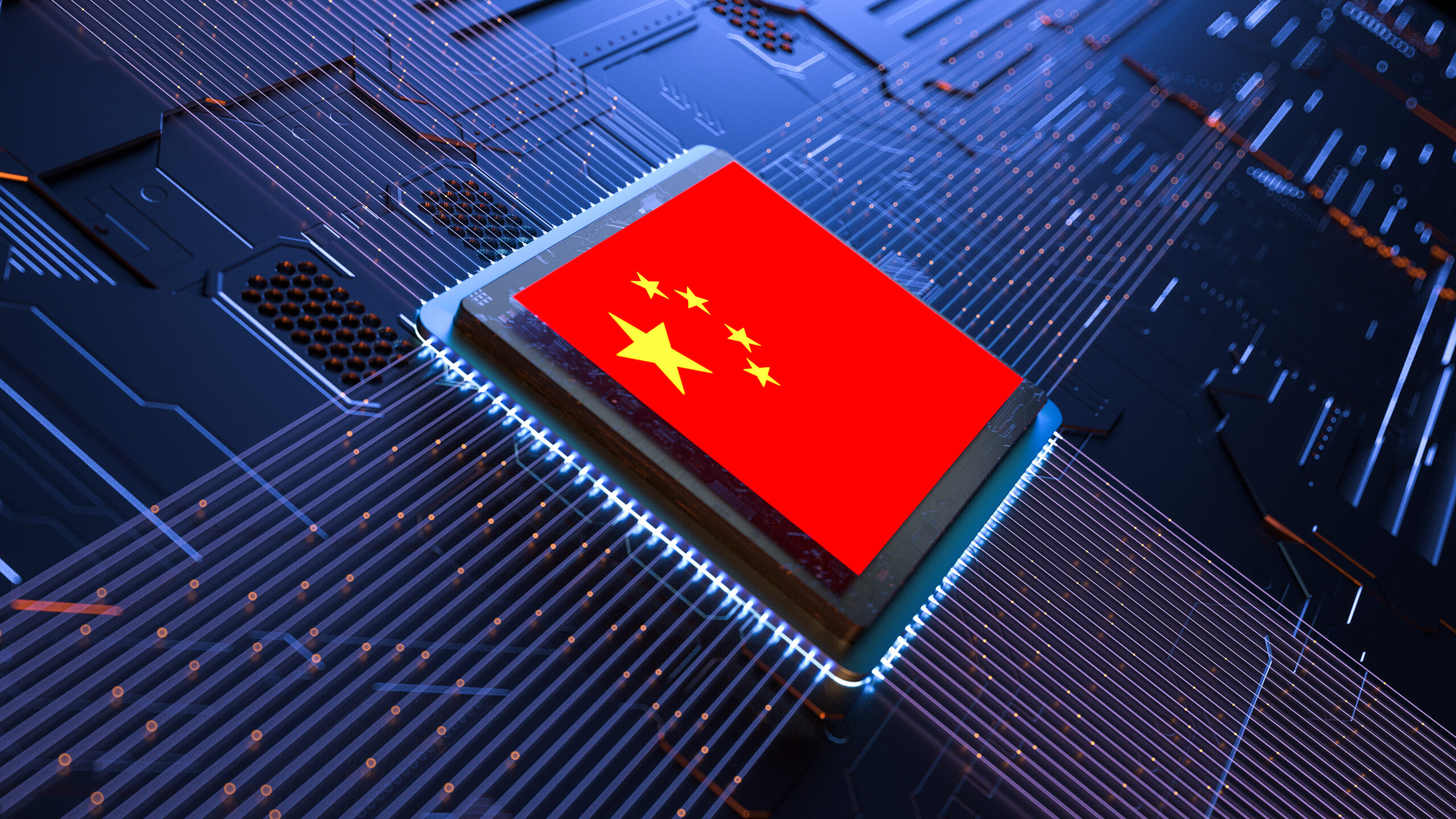
China’s semiconductor index surged to nearly a three-year peak on Monday, fueled by expectations that new U.S. export restrictions on Taiwan Semiconductor Manufacturing Co. (TSMC) could expedite China’s push for semiconductor self-sufficiency. TSMC will halt shipments of specific high-tech chips to some Chinese customers following a letter from the U.S. Department of Commerce mandating restrictions, as reported on Sunday.
The suspension, analysts note, may initially impact Chinese companies involved in developing artificial intelligence (AI) accelerators and graphics processing units (GPUs). However, it could benefit China’s domestic chipmaking industry in the longer term, as local firms have fewer alternatives. The CSI Semiconductor Index spiked by over 6% on Monday, reaching its highest point since December 20, 2021. Meanwhile, the CSI Integrated Circuits Index climbed 5%, with shares in SMIC, China’s largest foundry and main alternative to TSMC, rising more than 4%.
According to a statement from Chinese brokerage Cinda Securities, the export halt is likely to “force the reorganization of the supply chain,” which could heighten demand for China’s advanced semiconductor production capabilities and drive progress in semiconductor equipment and materials domestically.
Several Chinese tech firms and chip designers have moved to develop their own advanced processors after U.S. sanctions against Huawei and restrictions on sales of sophisticated chips from companies like Nvidia and AMD. Despite these efforts, many still depend on TSMC, the world’s top contract chipmaker, which derived 11% of its Q3 revenue from China, the company disclosed.
The U.S. restrictions target TSMC chips featuring advanced designs at the 7-nanometer process node or beyond. SMIC is the only foundry in China capable of producing chips at this scale, already manufacturing chips for Huawei’s recent smartphones, including the Mate 60 and Pura 70 models.
Analysts explained that SMIC has achieved this level of production partly due to equipment from companies like the Netherlands’ ASML and the U.S.-based Applied Materials, which SMIC stockpiled before U.S. sanctions limited access. However, SMIC’s scaling efforts have been hampered by continued export controls that restrict access to essential equipment for advanced chip production, and domestic suppliers are not yet prepared to fill this gap. Reuters also reported in February that due to these manufacturing limitations, SMIC has prioritized Huawei’s AI chip production over smartphone chips, recognizing the strategic significance of the former.
Featured image courtesy of Interesting Engineering
Follow us for more updates on China’s chip.
